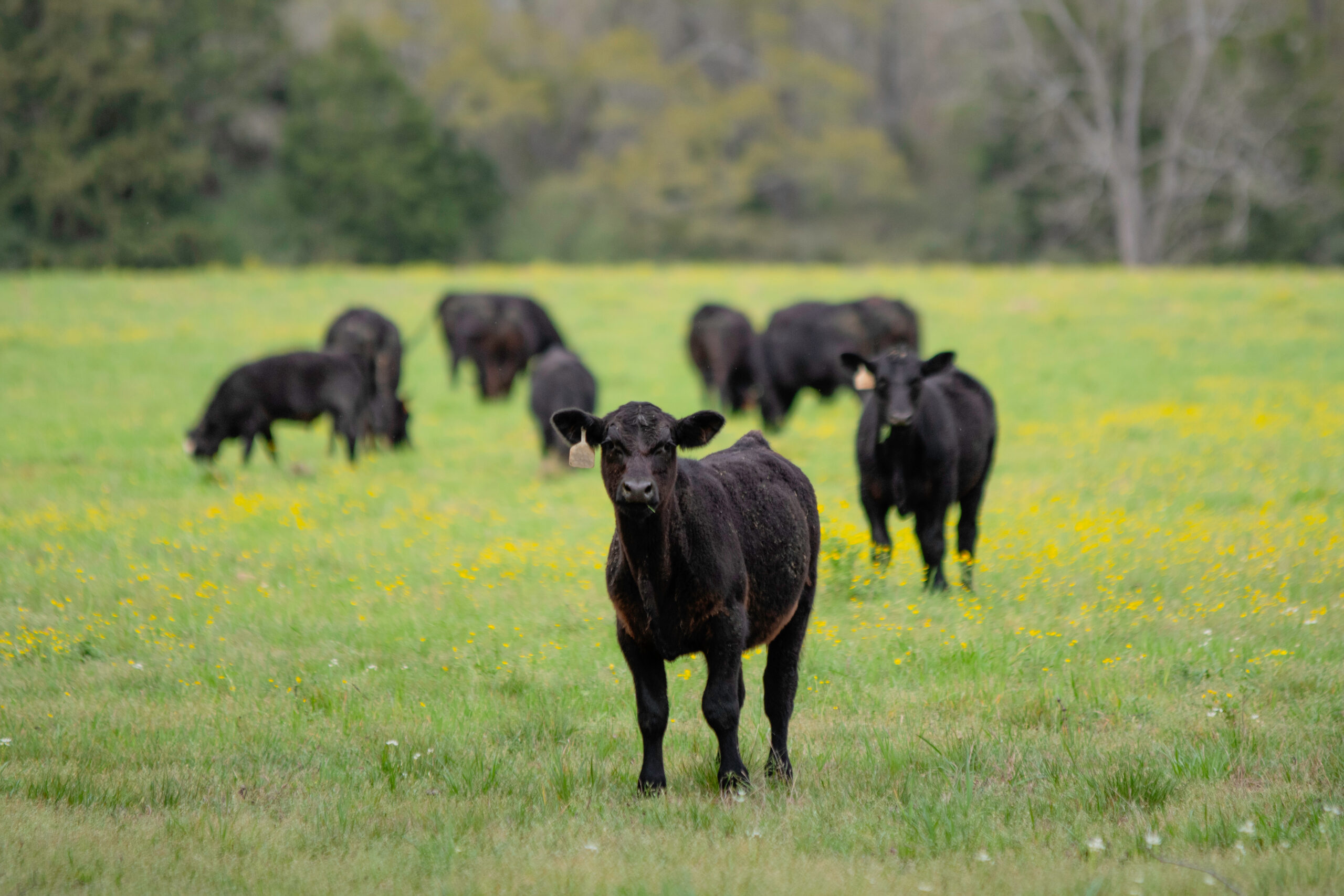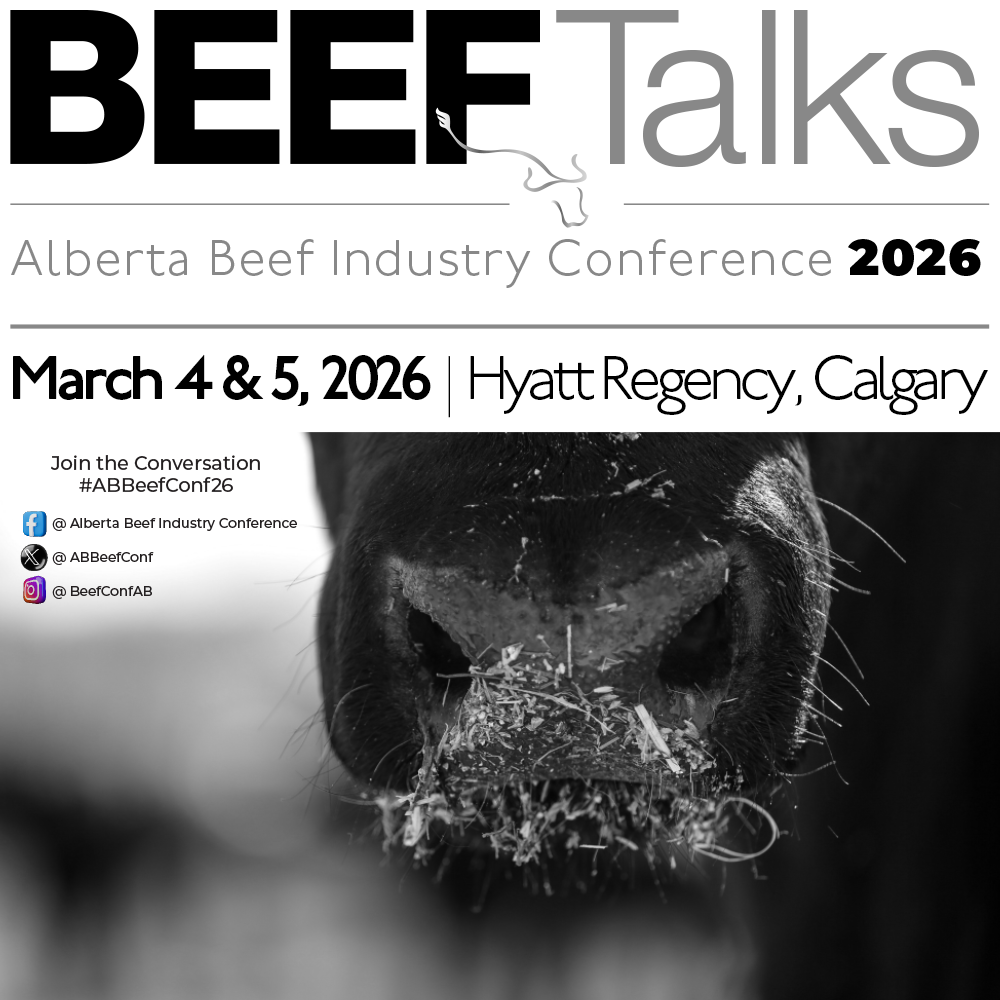AB Direct - Steers
Rail: 492.00-493.50 FOB feedlot (last week)
AB Direct - Heifers
Rail: 492.00-493.50 FOB feedlot (last week)
US Trade- Steers
Rail: 355.00-363.00 (IA, NE) last week
US Trade - Heifers
Rail: 355.00-363.00 (IA, NE) last week
Canadian Dollar
0.19

Spring Grazing: Timing and strategy for healthy pastures
Is your pasture really ready for cattle? Spring grazing is much more than a simple seasonal shift—it’s a strategic decision that can make or break the health of your pasture, the well-being of your herd, and your bottom line. In Episode 8 of The Bovine, brought to you by Alberta Beef Producers, host Kara Mastel sits down with David MacTaggart, Senior Agriculture Advisor with Strathcona County, to explore the art and science of spring grazing.
As MacTaggart emphasizes early on, producers can’t just rely on green grass as a signal to release the herd. Timing is everything. Spring pastures move through critical growth stages, from dormant winter residue to tender new shoots, and grazing too early can stress plants, deplete root reserves, and compromise pasture productivity for the entire year. He points out that letting grass reach the “three to four leaf stage” is a good rule of thumb to ensure plants have rebounded enough to handle grazing without long-term damage.
Another key takeaway from this episode is the importance of environmental stewardship. Thoughtful spring grazing can aid nutrient cycling, promote wildlife habitat, and preserve sensitive areas like riparian zones. However, without care, spring grazing can just as easily harm wet soils and degrade these vital ecosystems. MacTaggart shares useful strategies like rotational grazing and relocating salt and supplements to draw cattle away from vulnerable spots.
Of course, economic realities are never far from a producer’s mind. Spring grazing offers a welcome opportunity to reduce costly winter feeding expenses. But MacTaggart warns against sacrificing long-term sustainability for short-term savings. Particularly in drought-affected regions, resisting the urge to graze too early—even if forage is scarce—can make a huge difference in the future vitality of the pasture. In fact, giving grass extra rest in spring pays dividends later in the year, often leading to more grazing days in the fall.
Nutritional quality also takes center stage. As Mastel and MacTaggart discuss, the nutritional needs of cattle, especially post-calving cows and replacement heifers, peak in early spring. Residual forage from the previous year often lacks the protein and energy they require, making feed testing an essential tool for managing supplementation and ensuring reproductive success. When new spring growth takes over, forage naturally improves in nutritional quality, though he still recommends testing if drought or other unusual conditions may affect the balance.
For new and experienced producers alike, this episode is packed with practical advice. From understanding plant growth stages and testing forage quality to managing cattle movement and tapping into local ag resources, David provides a clear framework for building a successful spring grazing plan. He stresses that careful planning, record keeping, and consultation with experts—especially when using sensitive native rangelands—are keys to making grazing both profitable and sustainable.
Ready to make smarter decisions this spring? Tune into Episode 8 of The Bovine and get the insights you need to maximize your grazing potential while protecting your land for future seasons.


Listen to The Bovine on Apple Podcasts, Spotify, or wherever you get your podcasts.

